Three day old homemade waffles, heated up in the toaster, covered with tangerines and fresh mint (from Heart Beet Organics) and drizzled with melted 90% Lindt chocolate.
Bonus pandemic pro tip: sprigs of fresh herbs wrapped in damp paper towel and sealed in a Ziploc bag in the fridge keep fresh much longer than ye olde “stick in a glass of water in the fridge” method.

Matt Webb writes, in How I would put voice control in everything:
Because it is really appealing to me to turn on a light, set the stove timer, play music, pause the TV, snooze an alarm etc just by saying something. What’s not cool is
- having a device in my home that harvests every sound in the house and sends it to cloud servers for eternal recording, or not, who knows and that’s the point – an audio panopticon dressed in plastic
- needing to remember arcane vocal syntaxes
- latency.
I was an early “smart” speaker adopter, and our collection has grown to two Alexas (one in the office, one at home) and three Google Homes (one at the office, one in the kitchen, one in Oliver’s room). Like Matt, I’m uncomfortable with the audio panopticon I’ve visited upon myself.
After three years, our use of these devices boils down to three simple things:
- Listening to Spotify (“Alexa, play some music” or “OK Google, play Lost Words Blessing”). Half a dozen times a day.
- Turning on and off the television and the lights in the living room (“Alexa, turn on the television,” “Alexa, turn off the yellow lamp”).
- Casual mathematics (“OK Google, what’s 1749 divided by two,” “OK Google, how many days ago was January 24”).
That’s it. I haven’t used any of the “skills” or “actions” that Amazon and Google and related third parties have created in a long time. I never did, really.
All of the above I could accomplish, with slightly more friction, otherwise: I could play Spotify to a Bluetooth speaker from my phone, I could turn the TV and lights on and off as our ancestors did, and I could learn to do math in my head. But, my behaviour suggests, I am unlikely to do this, having given up all of my audio privacy to eliminate the friction.
I would really like to be able to say “light, turn on” and have that be a relationship between me and the light, and not between me and the world’s largest retailer and/or the world’s largest advertising platform.
When Steve Howard was elected to the Legislative Assembly of Prince Edward Island in the spring of 2019, I made it my life’s mission to create the conditions that would allow him to drive his Mitsubishi i-MiEV from his home in Summerside to work at the Legislature and back, something that required a charge in Charlottetown where chargers are few and far between.
So in December I purchased a Kia Soul EV, and with it came an EVduty level 2 charger, which I installed off my driveway this winter.
Making my driveway ready to receive Steve’s car.
Which it did this morning:
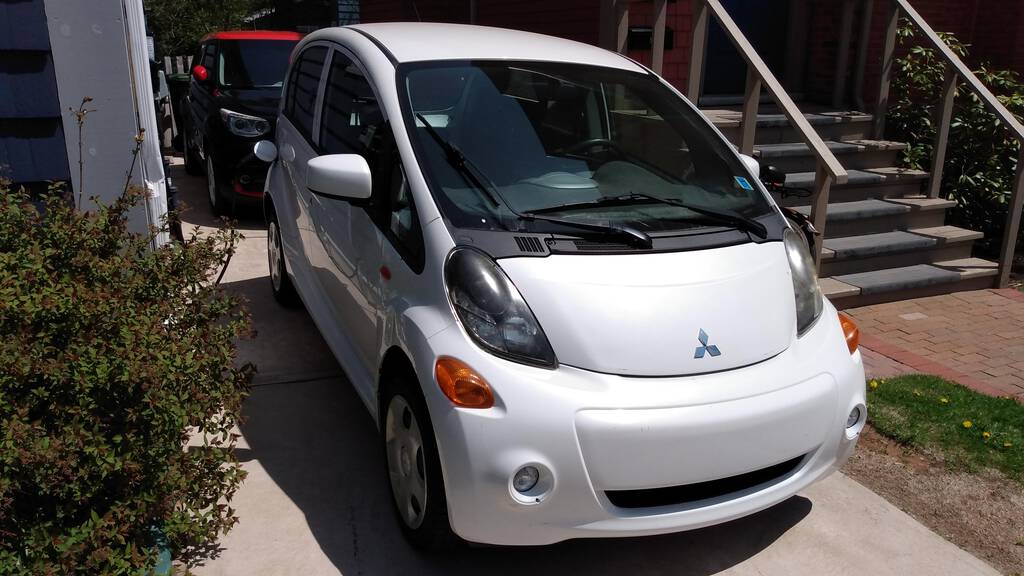
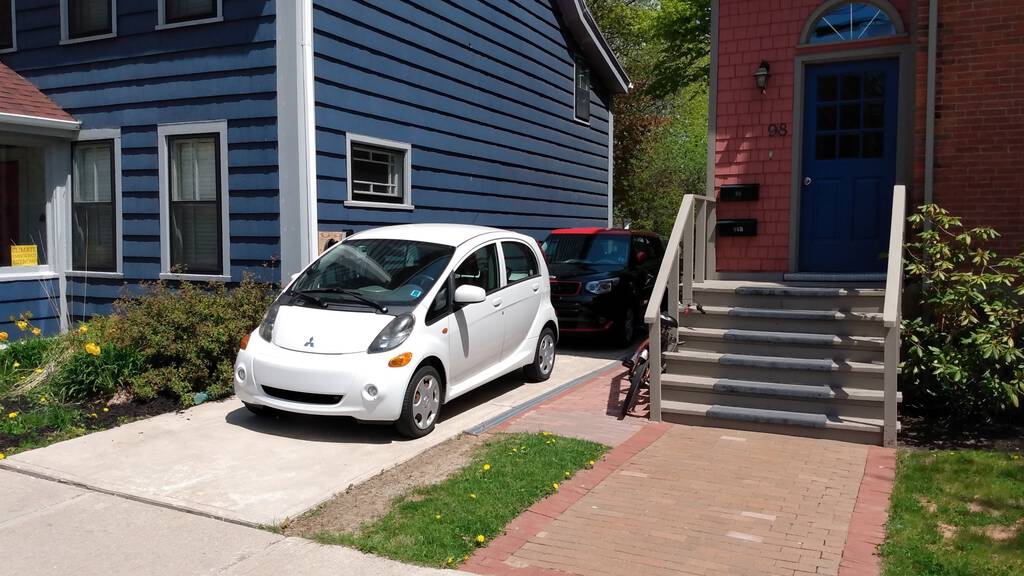
I’m quite proud that our house can provide the energy infrastructure for the transportation of the Green Party Shadow Critic for Transportation, Infrastructure, and Energy.
Oliver’s holding part two of his unconference this Friday:
An opportunity for people to gather to talk about things they are working on. These can be presentations, “show and tell” or discussions about projects and ideas for projects, and can be about anything you like: a work project, a hobby, a passion, a new product, an art or craft.
To the extent that I am an Internet trend-spotter1, the next big thing is going to be limit my choices.
I don’t want a bookstore with all the books, or a million of the books, I want a bookstore with ten books. Ten good books.
An ice cream store with three flavours of ice cream. Web services with one simple plan (not Essentials, Pro, Essentials Pro, and Enterprise).
MUBI is this, for films: a streaming service with 30 films in its catalogue. Every day one new film joins and one film drops out. There’s a free seven day trial. So you can watch a sultry Bosnian road movie right now, no risk2.
- Which is not at all.
- Not a sponsorship or affiliate link: I just think this is a good idea.
Jarek Piórkowski on why Toronto needs more open space.
My similar suggestion for Charlottetown has, at least so far, produced no demonstrable result.
We drove out to Victoria this afternoon to try the new outpost of Casa Mia, at the end of the wharf. After a very satisfying meal of bao buns (mine with shrimp, Oliver’s with haddock), I took a moment to sketch the view. A large day.
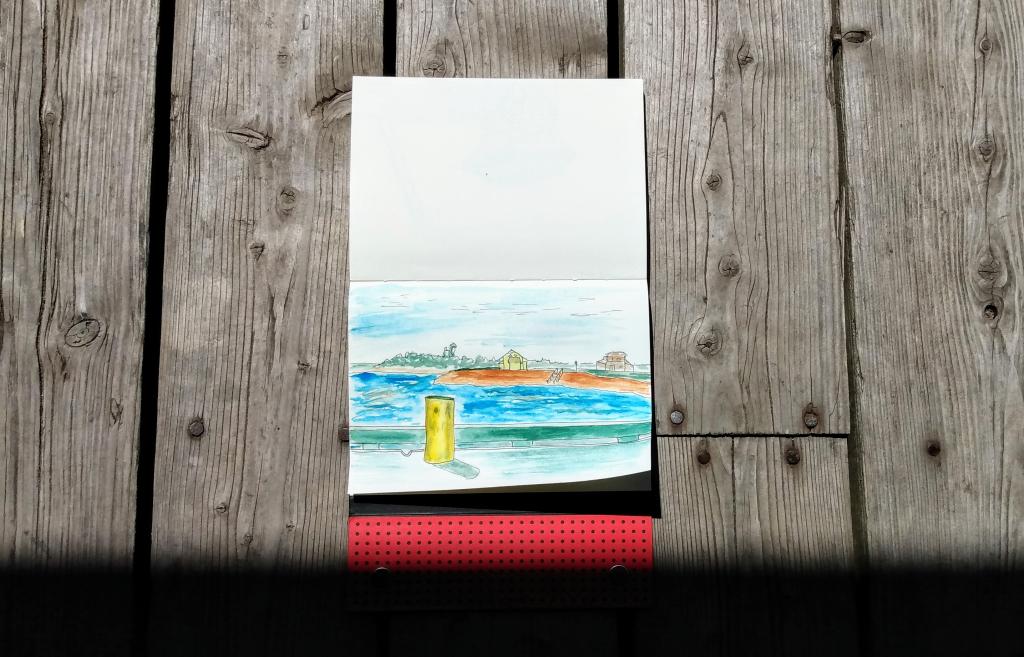
Being new to button-sewing, I found Simple Sewing Techniques with Sarah J. Gafgen, from Theatre Horizon, very helpful, especially on the “how to make it so to button doesn’t fall off soon thereafter” front.
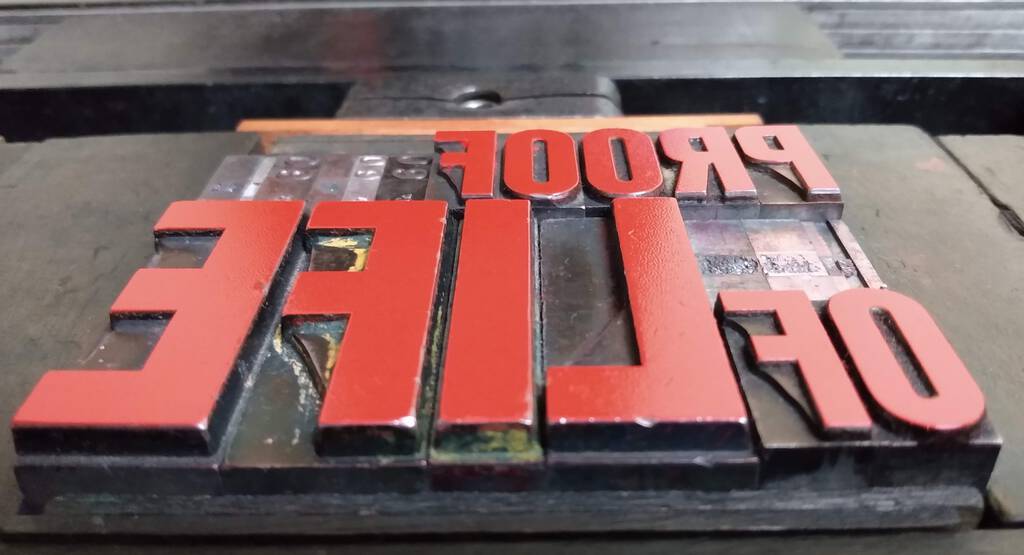

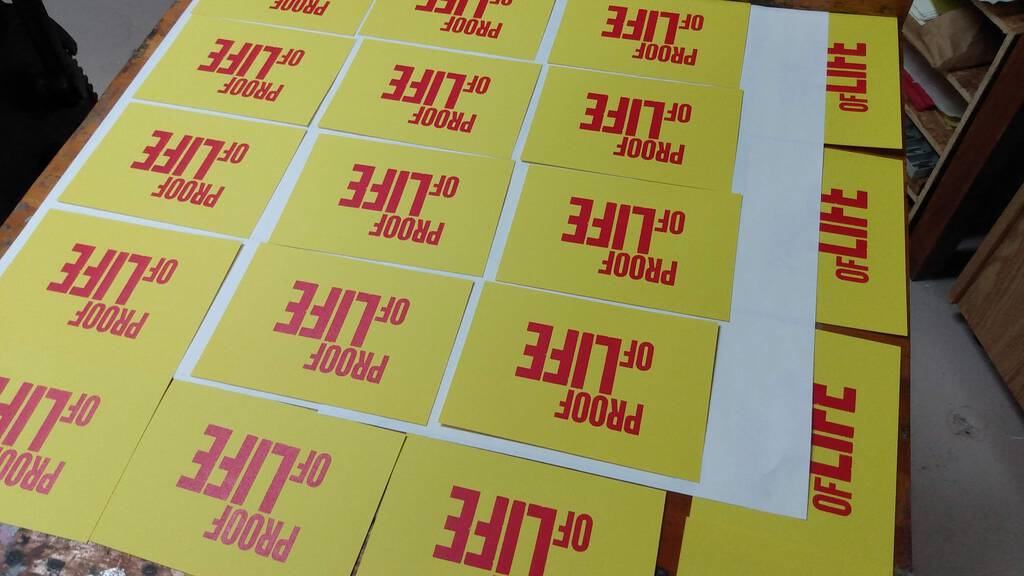
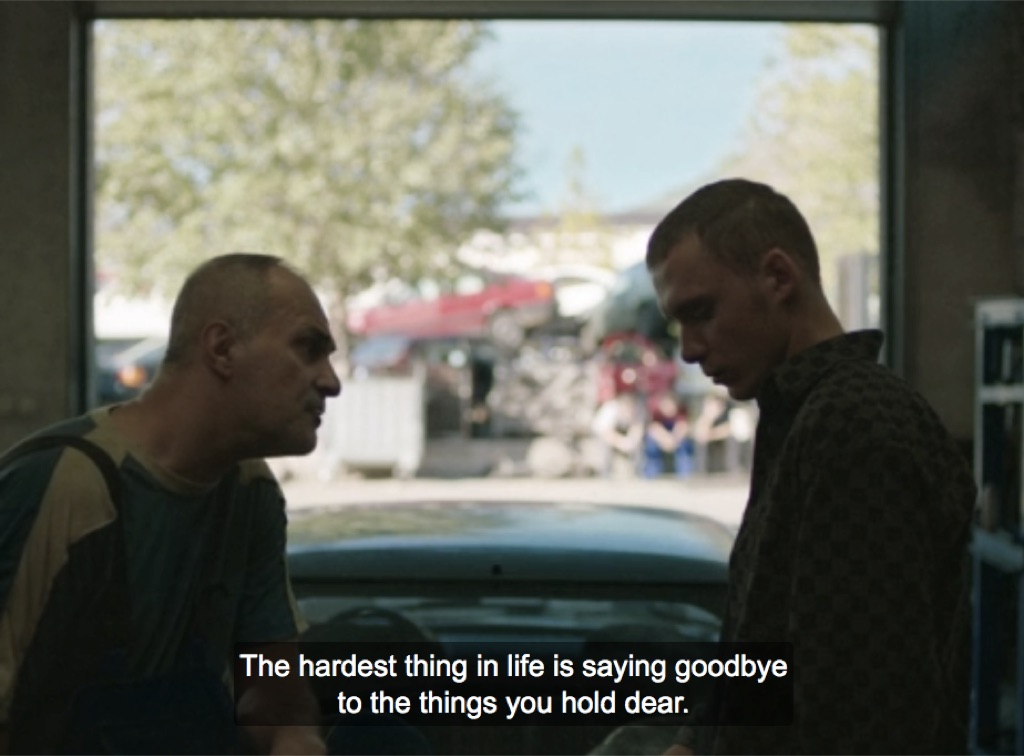

 I am
I am